Home » What Are Differences of HDPE, LDPE, LLDPE
LDPE VS HDPE
Densities are different
When it comes to the difference between low-density polyethylene and high-density polyethylene, the most intuitive way is to distinguish them from their different densities. Among them, polyethylene with a relative density of 0.910-0.925 is called low-density polyethylene. Polyethylene with a density of 0.941-0.965 is called high-density polyethylene. And the density between low density and high density is called medium density polyethylene.
Production Methods are different
The production methods of HDPE and LDPE are completely different. Among them, low-density polyethylene is obtained by free radical polymerization under high temperature and high pressure. High-density polyethylene is produced by a low-pressure method. The processing temperature of LLDPE resin is lower, about 160 degrees, and the processing temperature of HDPE resin is higher, about 180 degrees.
Physical and chemical properties are different
LDPE has low crystallinity and softening point, good flexibility, elongation, electrical insulation, transparency, and high impact strength. Some twill-fabric often use this material.
HDPE has improved heat resistance and mechanical strength (such as tensile, bending, compression and shear strength), as well as improved barrier properties to water vapor and gas than low-density polyethylene.
Tensile Strength. LDPE is 7~14MPa, while HDPE is 24~31MPa.
Operating temperature. LDPE is below 100 degrees, while HDPE is below 120.
Shore hardness. LDPE is: 41~45, while HDPE is 60~70.
High-density polyethylene is an opaque white powder. After granulation, it becomes milky white particles. The molecule is a linear structure with little branching. It is a typical crystalline polymer. The mechanical properties are better than low-density polyethylene, the melting point is higher than that of low-density polyethylene, about 126~136°C. And its embrittlement temperature is lower than that of low-density polyethylene, about -100~-140°C.
The higher the density, the more ductility, heat resistance, oil resistance, chemical resistance and water resistance of the film will be enhanced, but the transparency will be reduced. This is the difference between LDPE film and HDPE film. Another characteristic that has nothing to do with density is that the molecules of HDPE film are arranged vertically, so HDPE film is easy to tear.
Brands We can Supply
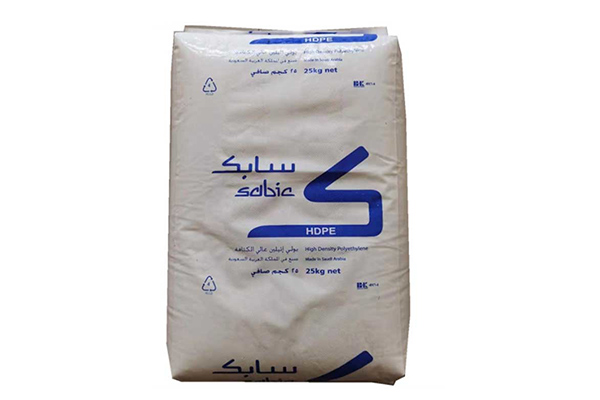
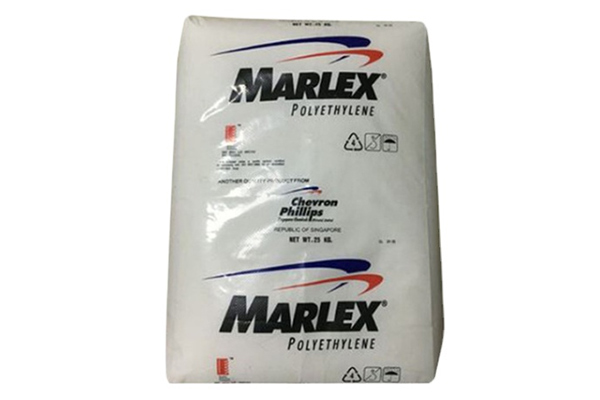
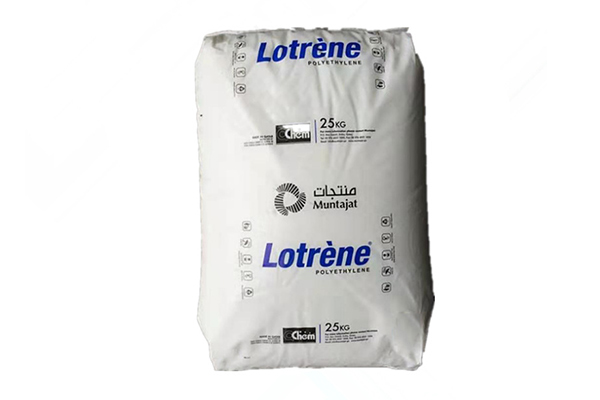
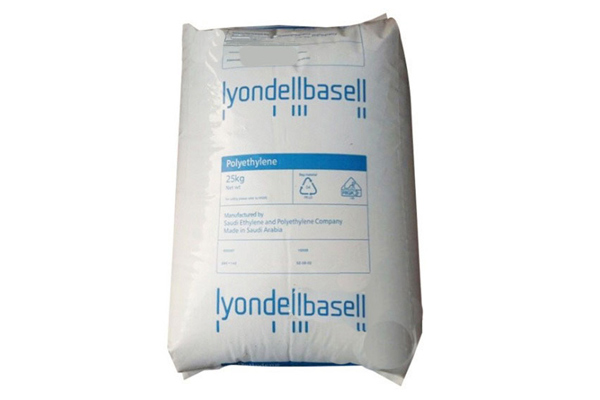
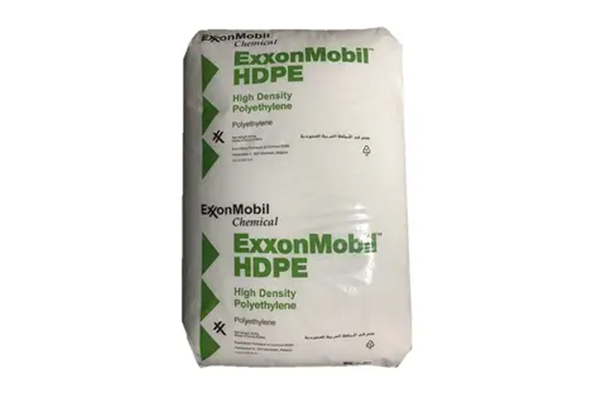
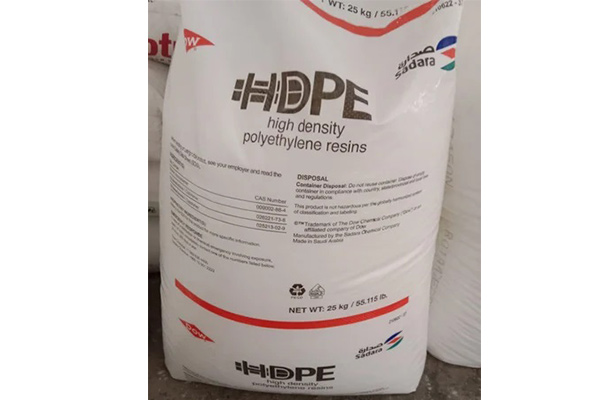
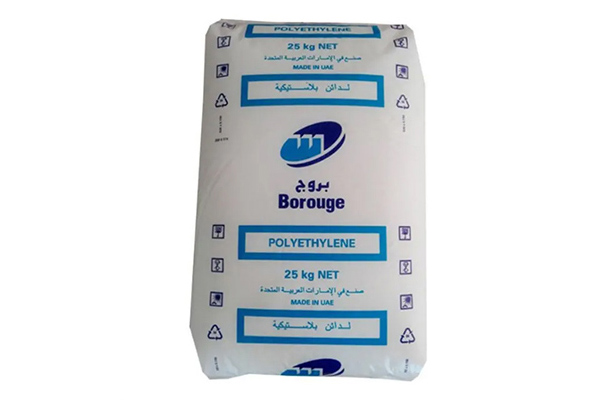
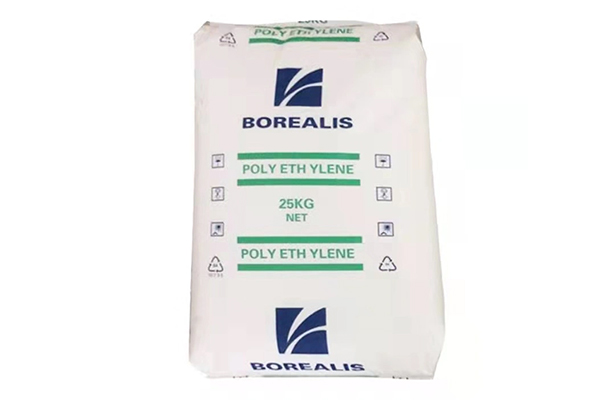
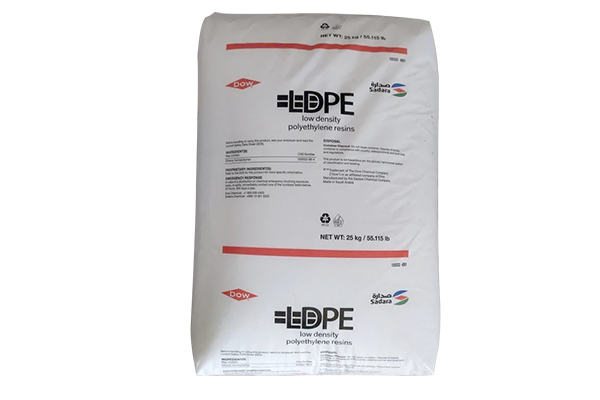
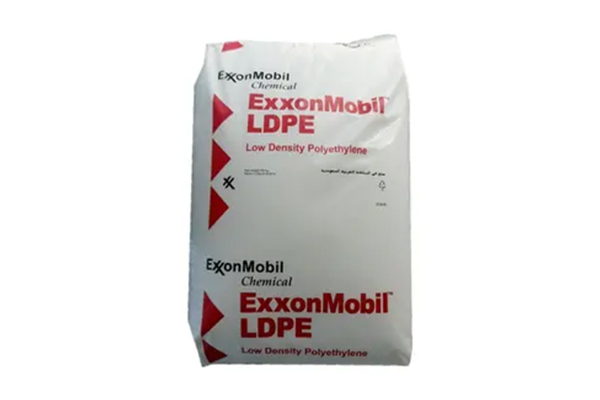
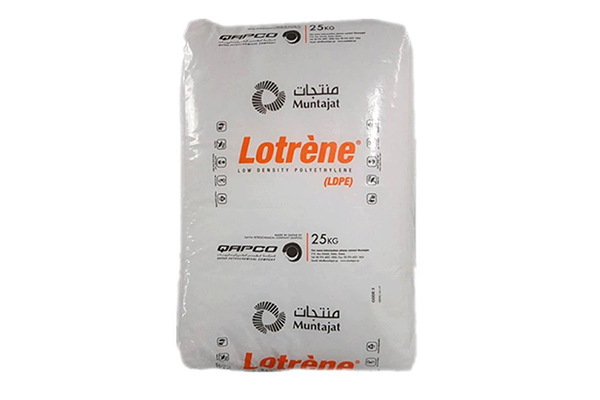
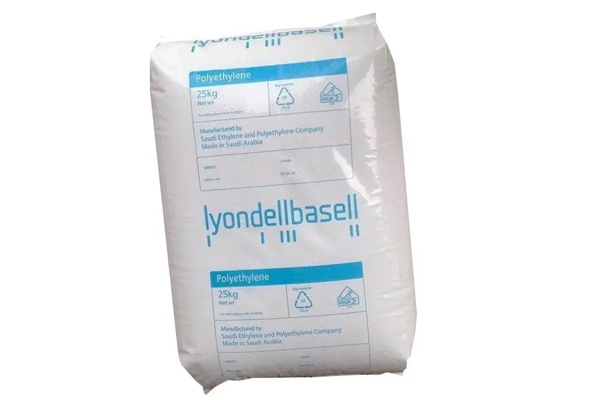
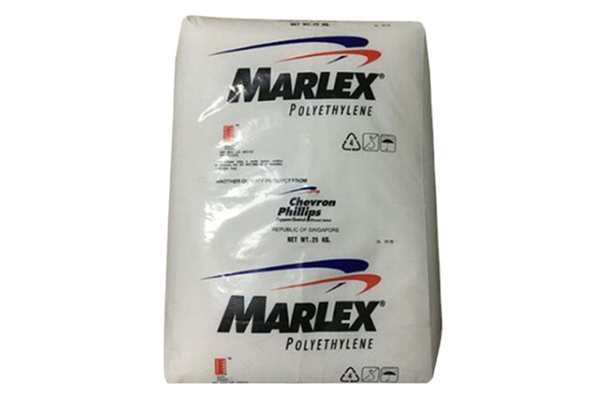
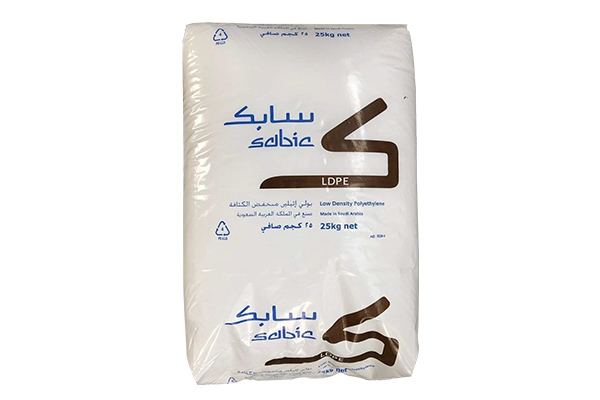
Would like The Quotation?
Leave your demands in detail here, we will reply you quickly.
LDPE VS LLDPE
Low-density polyethylene is a colorless, translucent particle with long branched chains in the molecule, and the molecules are not tightly arranged.
Generally, only short chain branches exist in the molecules of linear low density polyethylene. LLDPE is usually produced by copolymerization of ethylene and higher alpha olefins such as butene, hexene or octene at lower temperature and pressure.
The mechanical properties are between high density and low density polyethylene.
The melting point is 15°C higher than ordinary low-density polyethylene.
Low temperature resistance is also better than low density polyethylene.
The environmental stress cracking resistance is dozens of times higher than that of LDPE.
Both LDPE and LLDPE have excellent rheology or melt flow.
LLDPE is less shear sensitive because of its narrow molecular weight distribution and short chain branches. During the shearing process, LLDPE maintains a greater viscosity and is therefore more difficult to process than LDPE with the same melt index. In extrusion, the lower shear sensitivity of LLDPE allows for faster stress relaxation of the polymer molecular chains, and thus the physical properties are less sensitive to changes in blow-up ratio.
In melt extension, LLDPE generally has a lower viscosity at various strain rates. That is to say, it will not strain harden when stretched like LDPE.
As the deformation rate of polyethylene increases, LDPE shows a surprising increase in viscosity, which is caused by molecular chain entanglement. This phenomenon is not observed in LLDPE because the lack of long chain branches in LLDPE keeps the polymer from entanglement. This property is extremely important for thin film applications. LLDPE film is easier to make thinner film while maintaining high strength and toughness.
The LLDPE polymer produced by the copolymerization process has a narrower molecular weight distribution than LDPE polyethylene, and has a linear structure that gives it different rheological properties.
The melt flow characteristics of LLDPE adapt to the requirements of the new process, especially the film extrusion process, which can produce high-quality LLDPE products. LLDPE enhances the properties of tensile, penetration, impact and tear resistance making it more suitable for film production.
Differences Among LDPE, HDPE & Polypropylene PP
LDPE is mainly characterized by softness and impact resistance. It is suitable for manufacturing soft products such as food packaging bags and garbage bags.
HDPE is mainly characterized by hardness and wear resistance. It is suitable for manufacturing hard products such as water pipes and chemical barrels.
Polypropylene is between the two polyethylene material and is suitable for manufacturing medium-hard products such as household goods and auto parts.
Taking golf equipment as an example, disc golf is usually made from polypropylene, which can be thrown to maximum distance and accuracy.








